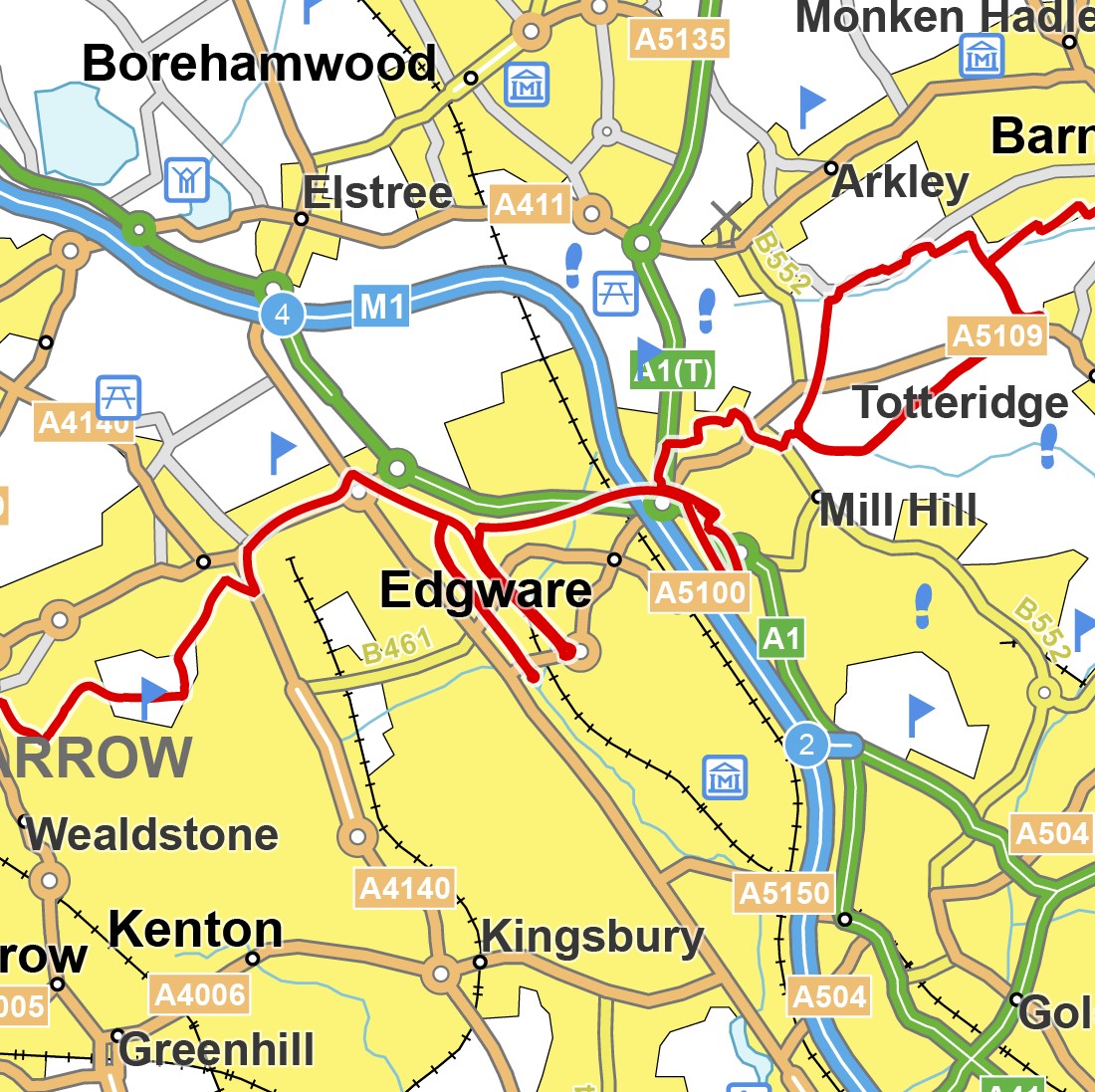England's Low Emissions Zones
Bath: The Bath Clean Air Zone was introduced on 15 March 2021. It is a class C CAZ, which means private cars and motorbikes are not charged to pass through the zone. However, buses, coaches, minibuses, light goods vehicles, and trucks are charged.
Birmingham: The Birmingham CAZ was launched on 1 June 2021. As a class D CAZ, all non-compliant vehicles are charged a fee ranging from £8 to £50. Electric and hybrid vehicles do not incur a charge, but the petrol or diesel engines in hybrid vehicles must meet the relevant criteria.
Bristol: The Bristol CAZ is set to be introduced on 28 November 2022. This chargeable class D zone will charge all high-emission vehicles, including private cars, to drive through the city centre.
Portsmouth: The Portsmouth Clean Air Zone was launched on 29 November 2021. This class B CAZ excludes private cars, motorcycles, and vans from any charges. However, drivers of non-compliant taxis and private hire vehicles must pay £10 per day, and non-compliant HGVs, buses, and coaches incur a charge of £50 per day.
Bradford: The Bradford Clean Air Zone will go live on 26 September 2022. This CAZ will include the Bradford outer ring road and extend along the Aire valley corridor to include Shipley and Saltaire.
Newcastle: Since 30th January 2022, drivers in Newcastle who use the worst-polluting lorries, buses, and taxis are charged to enter the city centre. Charges range between £12.50 and £50 a day.
Oxford: On 28 February 2022, Oxford launched a pilot Zero Emission Zone (ZEZ) covering several streets in the city centre. All petrol and diesel vehicles, including hybrids, pay a daily charge if driven in the current Oxford ZEZ between 7 am and 7 pm, unless they have a 100 percent discount or exemption.
Sheffield: Sheffield will implement a charging CAZ in early 2023. Its class C CAZ will charge buses, taxis, vans, and lorries to drive in the zone. Charges will be £10 per day for light good vehicles and taxis, rising to £50 per day for buses, coaches, and HGVs.
Scotland's Low Emission Zones
Glasgow: Glasgow was the first city in Scotland to implement a Low Emission Zone. Phase 2, which includes all vehicles, is now in operation and will be enforced from 1 June 2023.
It's worth noting that some cities, like Derby and Leeds, had initially proposed CAZs but later decided not to proceed with them due to various reasons. Additionally, other cities like Brighton and Norwich have low emission zones that currently apply only to local buses.




